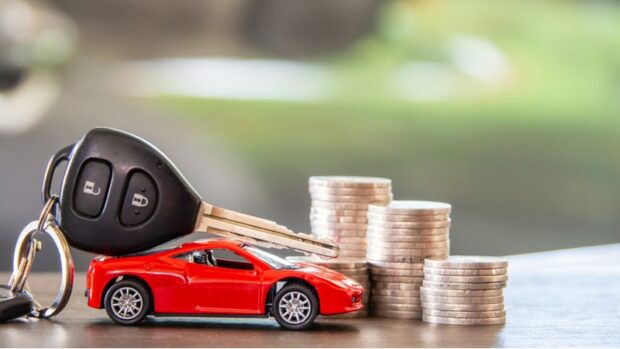Thanks to financing, it’s possible to buy a reliable vehicle even when you don’t have all of the cash on hand. Or even if you do have the cash, it ensures you don’t have to erode all of your savings just to get a new set of wheels. But as helpful as car loans are, you need to make sure you know what you’re doing.

The 5 Mistakes You Need to Avoid
The average person will purchase 9.4 cars in their lifetime. And while some of these purchases will be cash payments, most involve some sort of financing. Thus it’s imperative that you understand how to find the best deals on car loans. Part of this involves avoiding costly mistakes. Let’s take a look at some of the biggest ones you need to stay away from:
1.Failing to Get Pre-Approved
You don’t technically have to get pre-approved to buy a car, but it’s a wise decision. This lets you know exactly how much you have to spend, what the rate will be, and other important factors. (A failure to get pre-approved could put you in a situation where a car is much more expensive than you originally thought it would be.)
However, it’s important to note that a prequalification is only based on limited information. The lender doesn’t pull your credit, which means the final offer can be much different than what they present to you in your prequalification. Just make sure you’re aware that this number isn’t set in stone.
2.Buying Based on Payment
One of the worst things you can do is buy a car with a target payment amount in mind. It would be a mistake, for example, to go into a car buying situation wanting to spend $450 per month. If this is your mindset, you’ll end up letting the car dealer and/or lender decide how much you pay in interest. The better approach is to set a budget, know your rates, and then buy something that fits these numbers.
3.Using a Variable Rate
When you take out a car loan, there are a couple of different options. You can go with a variable rate loan or a fixed rate loan.
A variable rate loan is a loan where the interest rate can change over the life of the loan. This rate may fluctuate according to the prime rate (which is a consistent rate that’s set independent of the lender). When you take out this sort of rate, you need to understand that the rate can go up. And in most cases, it will go up. This could dramatically impact your payment and turn an otherwise affordable car into an expensive liability.
A fixed rate car loan, on the other hand, is set in stone. The rate you’re offered up front is the rate you’ll pay over the life of the loan. When looking for the cheapest car loan, shop lenders who offer fixed interest rates.
4.Not Shopping Rates
Speaking of shopping lenders, it’s wise to look around and get quotes from a handful of lenders. This will help you understand your rate – meaning the rate that lenders are willing to offer you based on your financial factors. Once you get rates from three lenders, you’ll begin to see what that number is. (There’s no need to get quotes from any more than that.)
5.Failing to Read the Fine Print
Always read the fine print of any loan you take out. Whether it’s a personal loan, car loan, or mortgage, the fine print will give you all of those important details that haven’t been discussed out loud. In some cases, they can hide some pretty harsh information.
One of the things to avoid is prepayment penalties. It should be your choice whether you want to make extra payments and pay off your loan in advance. However, some lenders will sock you with steep penalties. Avoid this by reading the fine print and asking pointed questions.
Do Your Research
Don’t buy a car with financing unless you’ve first taken the time to research your options and understand how the process works. This article should give you a nice starting point – a solid footing that you can build upon. Now take the time to study the nuances so that you can improve your chances of getting the best possible loan.



